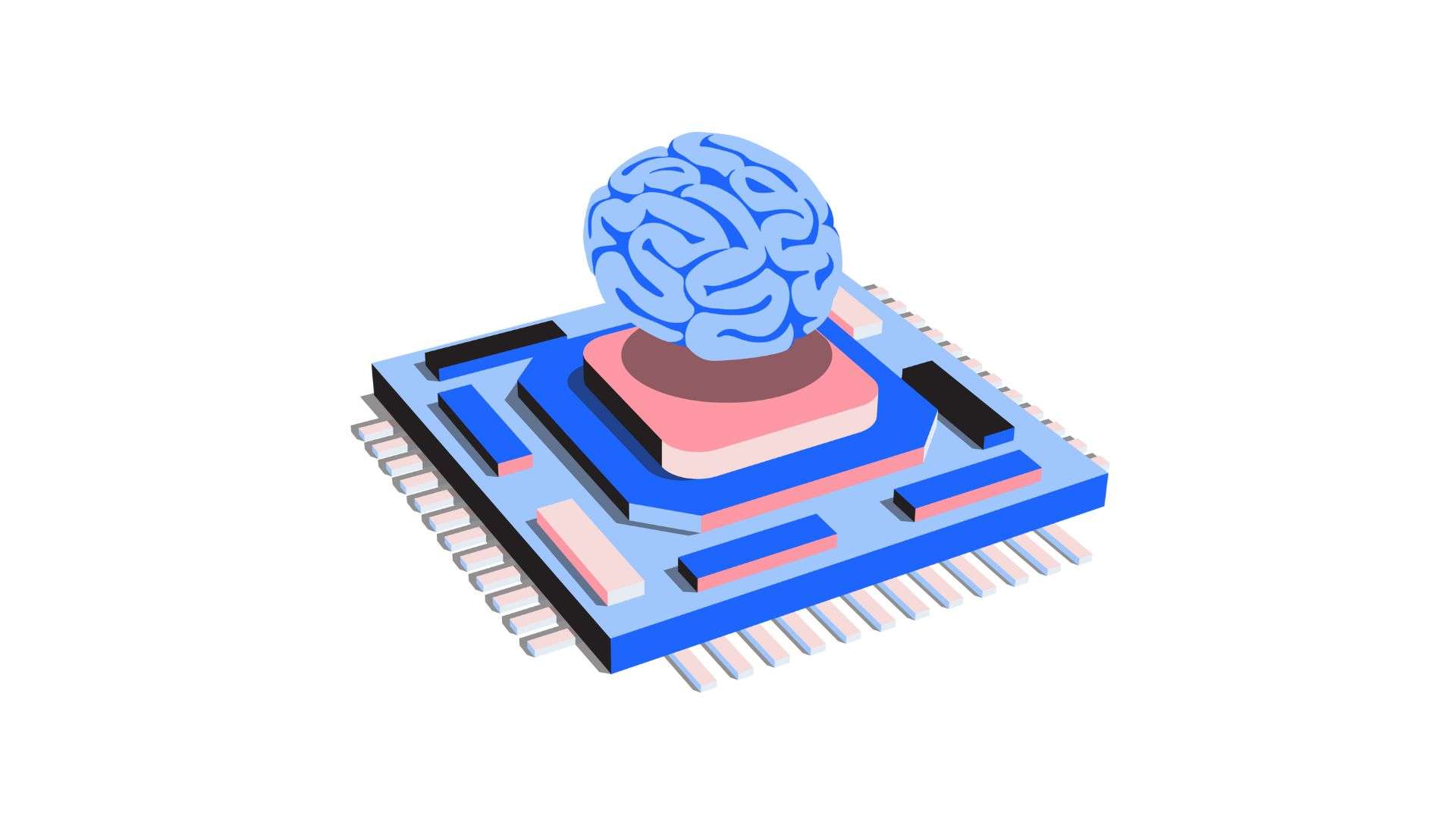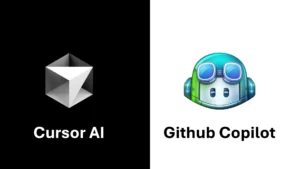Mind Over Machine: The Astonishing World of Brain Computer Interfaces and What They Mean for You
Imagine controlling your computer, a robotic arm, or even communicating, using only your thoughts. It sounds like something straight out of a science fiction movie, doesn’t it? But this incredible technology, known as Brain Computer Interfaces or BCIs, is rapidly moving from futuristic fantasy to real world application. Get ready to explore a world where our minds connect directly with technology, opening up possibilities we’ve only dreamed of.
At Tech Dose Hub, we’re all about bringing you the latest on groundbreaking tech in a way that’s easy to grasp. So, let’s dive into the fascinating realm of BCIs, understand how they work, celebrate the amazing progress being made, acknowledge the hurdles, and discover why this technology truly matters to all of us.
What Exactly Are Brain Computer Interfaces?
Think of a Brain Computer Interface as a sophisticated communication bridge. It’s a system that allows a person to control an external device or application using only their brain activity. Essentially, it creates a direct pathway between your brain and a computer, bypassing the body’s usual routes of nerves and muscles.
Imagine you want to turn on a light. Normally, your brain sends a signal down your arm to your hand to flip a switch. With a BCI, the system could detect your intention to turn on the light directly from your brain signals and then command the light to switch on, no physical movement required from you. It’s like giving your brain its own universal remote for the world around it.
How Do These Mind Bending Marvels Actually Work?
The idea of a machine “reading your mind” can seem complex, but the basic process can be broken down into a few key steps. It’s a beautiful dance between neuroscience and cutting edge engineering.
-
Listening to the Brain: The first step is to detect the brain’s signals. There are two main ways to do this:
- Non Invasive Methods: These are typically worn on the head. The most common is an Electroencephalogram (EEG), which uses sensors placed on the scalp to pick up the tiny electrical patterns created by our brain cells (neurons) firing. Think of it like a high tech skullcap or headband listening in on the brain’s conversations. Other non invasive methods like functional Near Infrared Spectroscopy (fNIRS) measure blood flow changes in the brain.
- Invasive Methods: These involve surgically implanting tiny electrodes directly onto the surface of the brain or into the brain tissue itself. This allows for much clearer and more precise signals because they are closer to the source, like having a microphone right next to the speaker.
-
Smart Translation: Once the brain signals are captured, they are sent to a computer. This is where the magic of algorithms, often powered by artificial intelligence and machine learning, comes into play. These algorithms are trained to recognize specific patterns in your brain activity that correspond to particular intentions or thoughts. For example, imagining moving your left hand creates a different brain signal pattern than imagining moving your right hand. The BCI learns to distinguish these patterns.
-
Action Time!: After the BCI deciphers your intention, it translates that into a command that an external device can understand. This could be anything from moving a cursor on a screen, typing out letters, controlling a wheelchair, or maneuvering a sophisticated robotic limb.
-
The Learning Loop (Feedback): Feedback is crucial. When you use a BCI and see the cursor move as you intended, or the robotic arm grasp an object, your brain learns how to produce clearer signals for the BCI. Simultaneously, the BCI system itself can adapt and fine tune its algorithms to better understand your unique brain patterns. It’s a two way learning process that improves performance over time.
Pioneers and Progress: What Companies Are Achieving
The field of BCI is buzzing with innovation, and several companies are making remarkable strides.
- Neuralink, founded by Elon Musk, has been in the spotlight for its work on high bandwidth invasive BCIs. They recently announced that their first human trial participant was able to control a computer mouse using their thoughts. Their system uses a robot to surgically implant over a thousand ultra thin electrodes, aiming to restore autonomy and potentially unlock human potential.
- Synchron is taking a different, less invasive approach for implanted devices. Their Stentrode device is delivered to the brain via blood vessels, avoiding open brain surgery. They’ve successfully completed early feasibility studies, showing promise for people with paralysis.
- Chinese researchers are also making significant breakthroughs. Teams at NeuroXess and Huashan Hospital have demonstrated impressive results in enabling patients to convert thoughts into Chinese text and achieve real time language decoding. One patient even conveyed the New Year’s greeting “2025 Happy New Year” using their mind, a world first!
- Companies like Blackrock Neurotech have a long history of developing neural interfaces that help individuals with severe motor disabilities regain control over their environment.
- Emotiv focuses on non invasive EEG headsets for a broader range of applications, including cognitive training, mental wellness, and human computer interaction research.
- Kernel has developed advanced non invasive systems like Kernel Flow, which uses fNIRS for high quality brain measurement during natural movement, opening doors for more real world research.
Every new development brings us closer to a future where BCIs are more accessible and impactful.
The Hurdles on the Horizon: Challenges in BCI Development
While the progress is exciting, there are still significant challenges to overcome before BCIs become mainstream.
-
The Technical Puzzle:
- Signal Quality: Non invasive BCIs are safer and easier to use, but the signals they pick up can be noisy and less precise, making it harder to control complex devices. The skull acts as a barrier, muffling the brain’s electrical whispers.
- Invasive BCIs: While offering clearer signals, they involve surgical risks, and ensuring the implants are safe, stable, and functional for many years inside the body is a major engineering challenge. The body can react to foreign objects, and materials can degrade.
- Decoding Complexity: Our thoughts are incredibly intricate. Developing algorithms that can reliably and accurately decode a wide range of intentions in real time is a massive undertaking. We are still far from true “mind reading.”
- Reliability for All: Current BCIs don’t work perfectly for everyone. Accuracy rates vary, and a portion of users may struggle to use them effectively.
-
The Human Element:
- Usability and Comfort: For BCIs to be widely adopted, especially non medical ones, they need to be comfortable to wear, easy to set up, and intuitive to use. The current caps with gels and wires aren’t practical for everyday life.
- Training: Users often need extensive training to learn how to generate the brain signals that the BCI can interpret, and the systems need to be calibrated for each individual.
-
The Big Ethical Questions: This is perhaps the most critical area. As BCIs become more powerful, they raise profound ethical considerations:
- Privacy and Security: Your brain data is the most personal data imaginable. Who owns it? How do we protect it from being hacked or misused?
- Autonomy and Consent: How do we ensure users have full control and understanding when using BCIs, especially those with severe disabilities?
- Equity and Access: Will BCIs be available to everyone who needs them, or will they create a new divide between those who can afford them and those who cannot?
- Enhancement vs. Therapy: Where do we draw the line between using BCIs to restore lost function and using them to enhance normal human capabilities? What are the societal implications of cognitive enhancement?
- Responsibility: If an action is taken via a BCI, who is responsible if something goes wrong?
Addressing these technical, practical, and ethical challenges thoughtfully and proactively is crucial for the responsible development of BCI technology.
Why Brain Computer Interfaces Matter More Than You Think
The development of BCIs is not just a cool science project; it has the potential to fundamentally change lives and reshape our interaction with the world.
- Revolutionizing Healthcare: This is where BCIs are already making the biggest impact. For individuals with paralysis due to spinal cord injuries, stroke, ALS, or other neurological conditions, BCIs offer the hope of regaining movement, communication, and independence. Imagine being able to control a prosthetic limb as if it were your own, or to type messages using only your thoughts when you cannot speak or move. BCIs are also being explored for diagnosing and treating conditions like epilepsy, depression, and Alzheimer’s disease.
- Beyond Healing and Restoration: The applications of BCIs extend far beyond medicine.
- Gaming and Entertainment: Imagine playing video games where your thoughts directly control the characters or the environment, creating an entirely new level of immersion.
- Enhanced Learning and Productivity: BCIs could potentially monitor focus and cognitive load, helping to optimize learning environments or work tasks.
- Controlling Smart Environments: You might one day control your smart home devices, from lights to thermostats, simply by thinking.
- New Forms of Artistic Expression: Artists could create music or visual art using their brain activity.
- A New Chapter in Human Potential: At its core, BCI technology is about empowering individuals. It’s about overcoming limitations and unlocking new ways for humans to interact with technology and each other. It pushes the boundaries of what we thought was possible.
The Future is on Our Minds
Brain Computer Interfaces are no longer confined to the pages of science fiction. They are a rapidly advancing field with the potential to bring about transformative changes across healthcare, technology, and many aspects of our daily lives. While there are still many challenges to address, from refining the technology to navigating complex ethical landscapes, the progress is undeniable and incredibly exciting.
This technology holds the promise of restoring abilities, creating new forms of interaction, and perhaps even expanding our understanding of the human brain itself. As we continue to unlock the secrets of the mind and harness the power of technology, BCIs will undoubtedly play a pivotal role in shaping a future where the lines between thought and action become increasingly blurred.




